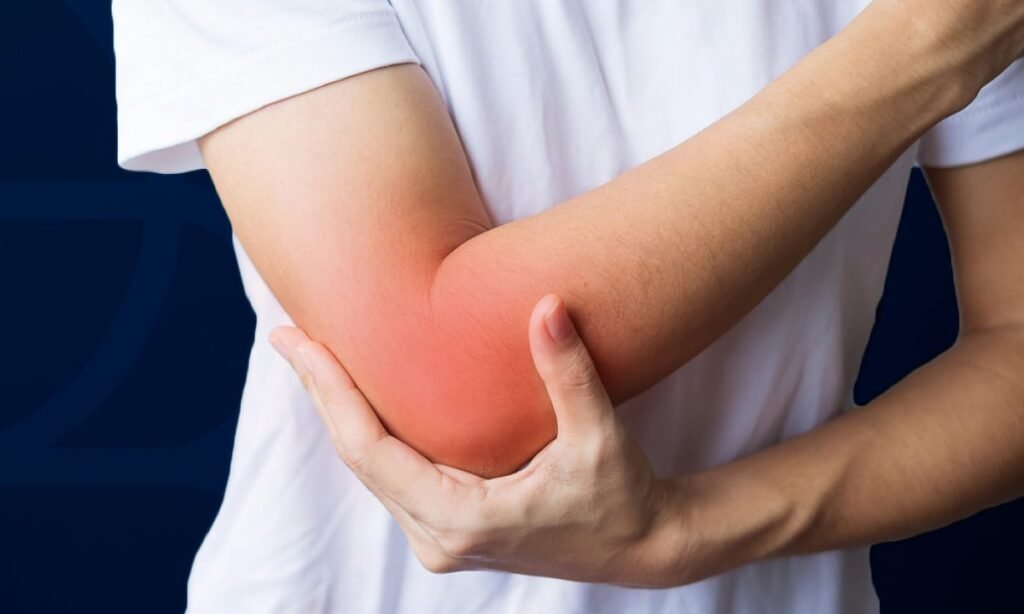Tennis Elbow Treatment in Rohini
Home / Tennis Elbow

Tennis Elbow
Tennis elbow, clinically known as lateral epicondylitis, is a condition characterized by pain and inflammation on the outer part of the elbow. Despite its name, tennis elbow is not exclusive to tennis players and can affect individuals engaged in repetitive arm and wrist movements. Understanding the causes, symptoms, and management of tennis elbow is crucial for effective treatment.
Causes of Tennis Elbow
Tennis elbow is often caused by overuse or repetitive strain on the forearm muscles and tendons, leading to microtears in the tendons that attach to the lateral epicondyle (the bony bump on the outer part of the elbow). Common causes include:
- Repetitive Arm Movements: Activities that involve repetitive gripping, twisting, or lifting can strain the forearm muscles and lead to tennis elbow.
- Sports and Hobbies: While tennis is a common trigger, other activities such as golf, gardening, painting, and using tools like screwdrivers can also contribute.
- Improper Technique: Poor technique in sports or activities that involve repetitive arm movements can increase the risk of developing tennis elbow.
- Age and Overuse: Individuals aged 30 to 50 are more prone to tennis elbow, and overuse over time can contribute to its development.
Symptoms of Tennis Elbow
- Pain: The primary symptom is pain on the outer part of the elbow, often radiating down the forearm.
- Weak Grip: Weakness in gripping or holding objects.
- Stiffness: Stiffness in the elbow joint, especially in the morning or after periods of rest.
- Tenderness: Tenderness when touching the lateral epicondyle.
- Difficulty with Certain Movements: Pain may worsen with activities that involve gripping, lifting, or twisting motions.
Management and Treatment
- Rest and Activity Modification: Giving the affected arm adequate rest and avoiding activities that worsen symptoms is crucial.
- Ice Packs: Applying ice packs to the affected area can help reduce inflammation.
- Pain Medications: Over-the-counter pain relievers, such as ibuprofen or acetaminophen, may provide relief.
- Bracing or Splinting: Wearing a brace or forearm strap can help alleviate strain on the tendons.
- Physical Therapy: Specific exercises and stretches to strengthen and improve flexibility in the forearm muscles.
- Topical Treatments: Topical creams or patches containing analgesic or anti-inflammatory agents may be used.
- Corticosteroid Injections: Injections of corticosteroids into the affected area can help reduce inflammation and provide relief.
- Platelet-Rich Plasma (PRP) Therapy: PRP injections may be considered to promote tissue healing.


